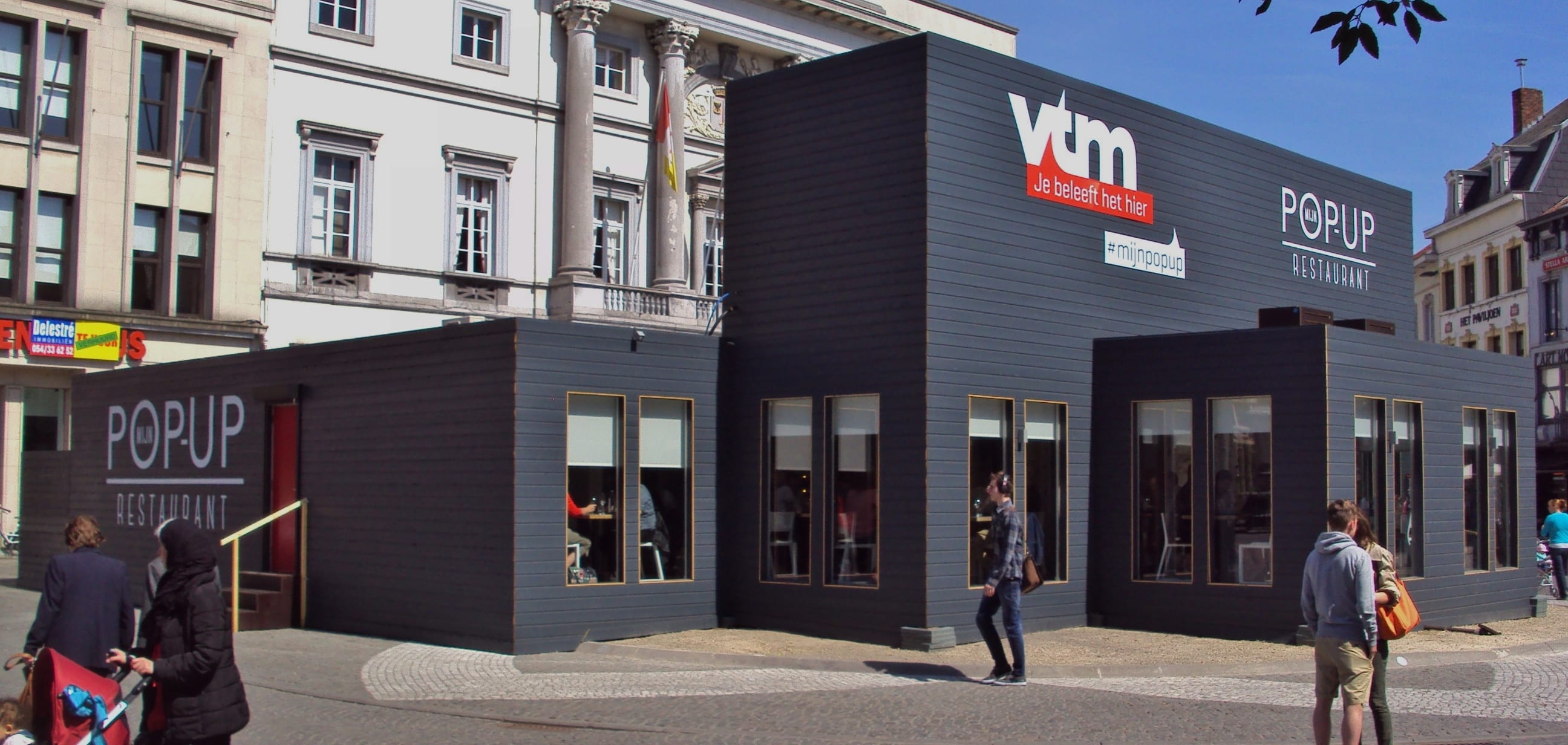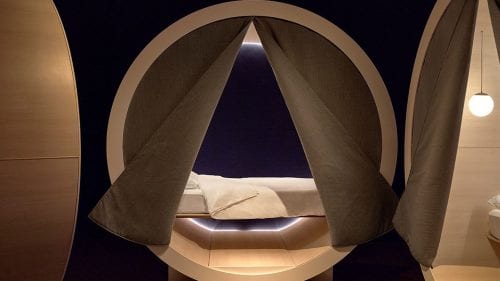

Developers and landlords are faced with a perennial issue: how can they more fully utilize their properties, particularly during lease-up? The period from building completion to stabilization, and any other period of considerable vacancy in a multi-tenant property, can be a challenging time for landlords. At the same time, consumer behavior is causing creative destruction across many asset classes, as an increasingly technical and integrated cohort of society is rethinking how it uses physical spaces.
Multi-family residential, for example, is experiencing amenity creep that has trickled over from the hospitality sector and has driven the cost of luxury multi-family development to prohibitive levels (ULI & PWC, 2018). Moreover, a new high-rise residential building can go for many months at elevated levels of vacancy, and this can result in hefty operating expenses at a particularly sensitive time in the development process. After construction is complete and the final certificates of occupancy have been issued, the leasing team steps in to fill the building’s rent roll. Of course, leasing teams are working tirelessly throughout the construction process marketing and pre-leasing units, but it is not uncommon for a building of several hundred individually marketed condominiums to be well over 50% vacant upon completion. This poses a considerable risk for developers and investors alike, as they hustle to fulfill their debt obligations.
In this trend lies an opportunity that is gaining momentum in landlords’ vacancy absorption strategy: pop-up hotels. A pop-up hotel is a temporary full-service hotel that rents short-term units to consumers in newly constructed apartment or condo buildings. Often these pop-ups provide guests with all the amenities of traditional hotels, including linens and cooking equipment, for a fixed period ranging from a few months to over a year. They provide customers with below-market room rates in desirable locations and they deliver a novel stream of revenue to landlords, reducing the risk of default and, in turn, bolstering returns (Carlino, 2018).
WhyHotel is one such pop-up company that started in Arlington, Virginia last year. The company currently has offerings in Baltimore and Washington, DC, and is eyeing a massive national expansion as it closes in on a new round of funding. It raised nearly $4 million in first round funding in June 2018 (Clausing, 2018) and is just one of many innovative companies comprising the “pop-up economy”, which has implications across the entire spectrum of asset types.

Retail real estate is another area that is ripe for innovation. The asset class continues to slog through a correction, with vacancy hovering around 10.2% in the US as of the most recent quarter (Sprouse, 2018). Per capita retail space has decreased by nearly a square foot across US metro areas as retailers continue to redefine their brick-and-mortar channel (ULI & PWC, 2018). The challenge of filling retail space is partially attributable to the uncertain future of brick-and-mortar due to disruptive forces. National credit tenants like Starbucks’ Teavana brand have mulled going dark on their leases due to the retail model’s poor performance, and this trend has major implications for shopping center risk (Diduch, 2018).
The pop-up economy has made inroads to this opportunity as well. Pop Up Republic emerged in 2012 and became the self-proclaimed authority on matching curators of pop-up experiences to maligned retail spaces. Its expertise spans far beyond the rudiments of seasonal pop-up shops like Spirit Halloween stores, and aims to form an extensive network of “brand experiences” for companies hoping to test the waters in omnichannel retail. Notable recent examples of e-commerce companies participating in pop-up experiences include Casper’s “Dreamery,” in which guests pay for short naps on the company’s flagship mattress line.
Landlords hoping to fill their vacancies in the short term have been encouraged by this innovation as it helps reduce the proportion of operating expenses in their projects that are not reimbursable and generates new profit centers. But landlords should temper their expectations of 100% lease-up values, as these pop-up uses are by nature short-lived and tend to rent below market rates. Particularly in the case of retail, this model is often not intended to be a driver of direct revenues for lessees, which has implications for traditional percentage rent structures. In many cases a pop-up experience is merely a generator for brand awareness and is informally considered a marketing expense. Landlords may also find it difficult to underwrite cash flow pro-formas with the expectation of pop-up revenue as there is little evidence of its stability. In any event, it is an exciting trend to watch for property owners and aspiring entrepreneurs alike.
– – –
Works Cited
Carlino, N. (2018). WhyHotel offers pop-up hotels in residential buildings. Hotel Business, 27(10), 16. Retrieved from http://search.ebscohost.com/login.aspx?direct=true&db=hjh&AN=130482701&site=ehost-live
Clausing, J. (2018). WhyHotel gets $4M to expand pop-up model. Travel Weekly, 77(23), 62. Retrieved from http://search.ebscohost.com.proxy.library.cornell.edu/login.aspx?direct=true&db=hjh&AN=130108123&site=ehost-live
Diduch, Mary. (2018). A Space Disposition Pro Discusses the Current State of the Market. National Real Estate Investor. Retrieved from
https://www.nreionline.com/retail/space-disposition-pro-discusses-current-state-market
Sprouse, W. (2018). U.S. shopping malls limp into the holiday quarter. CFO.Com, Retrieved from https://search-proquest-com.proxy.library.cornell.edu/docview/2116156107?accountid=10267
ULI & Price Waterhouse Coopers (2018). Emerging Trends in Real Estate 2019, US & Canada. ULI, (2019). Retrieved from
https://www.pwc.com/us/en/asset-management/real-estate/assets/pwc-emerging-trends-in-real-estate-2019.pdf
